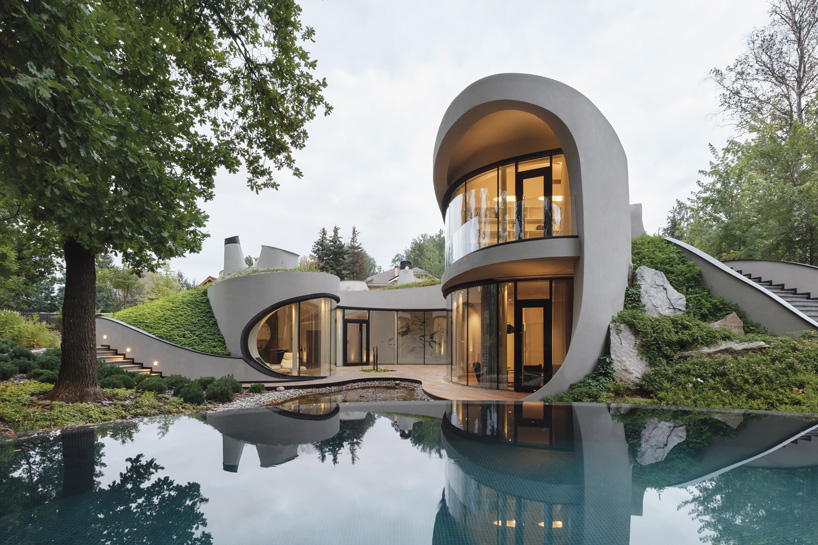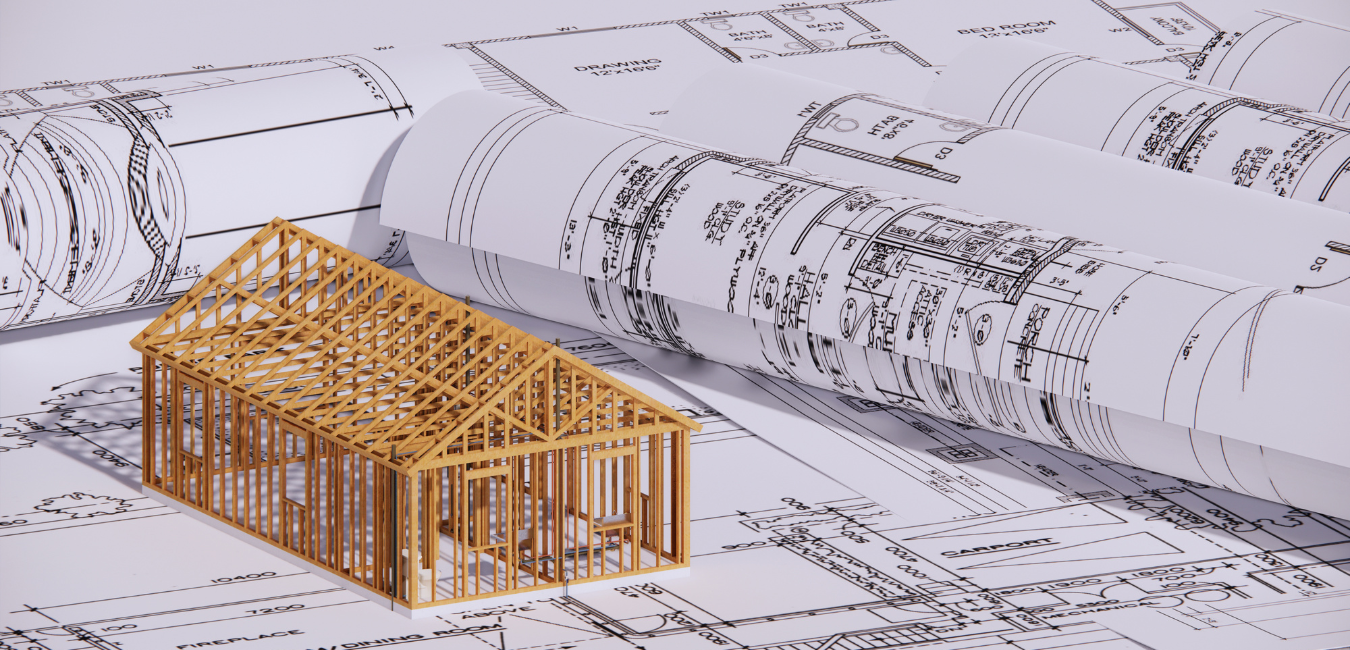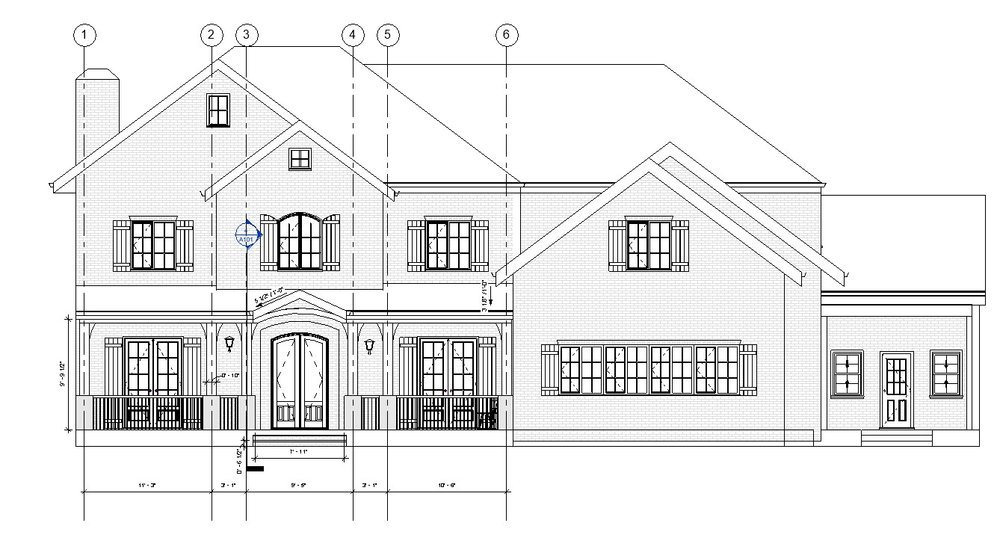Leading Factors to Pick CDA Architects for Your Residential or Commercial Layouts
Leading Factors to Pick CDA Architects for Your Residential or Commercial Layouts
Blog Article
The Influence of Technical Developments on the Layout Practices of Contemporary Architects
The fast evolution of technical tools has actually substantially improved the style landscape for modern designers, fostering extraordinary degrees of advancement and sustainability. The assimilation of Building Info Modeling (BIM), parametric style, and expert system has not only structured collaboration among varied teams however additionally redefined task implementation. Nonetheless, as designers welcome these innovations, they are faced with intricate challenges that could impact their imaginative processes. Checking out these characteristics reveals a nuanced interplay between modern technology and conventional layout methods, triggering a closer evaluation of what the future holds for architectural methods.
Evolution of Architectural Equipment
How have architectural tools changed the style and construction processes over the centuries? The advancement of architectural devices has substantially impacted the efficiency, precision, and creative thinking of design and building and construction.
With the development of the Renaissance, the introduction of the compass and the protractor marked a pivotal change. These devices allowed designers to achieve higher accuracy in their layouts, assisting in the emergence of even more complex and in proportion buildings. The Industrial Transformation better revolutionized architectural experiment the introduction of mechanized devices and products, enabling larger and much more enthusiastic projects.
In the 20th century, the development of computer-aided style (CAD) software application transformed the landscape once more, supplying engineers with unprecedented capabilities in modeling and visualization. Today, advanced devices such as Structure Info Modeling (BIM) and parametric layout software continue to push the boundaries of architectural advancement, making it possible for an extra integrated approach to style and construction processes.
Enhanced Collaboration in Layout
As innovation remains to progress, improved partnership in style has come to be a cornerstone of modern-day building practice. The integration of digital tools such as Building Information Modeling (BIM), cloud-based platforms, and progressed visualization software application has transformed the method architects, designers, and stakeholders interact throughout the layout process. These tools facilitate real-time communication, permitting groups to share ideas, adjustments, and feedback instantaneously, despite geographical place.

Additionally, interdisciplinary partnership has actually been structured through these technical developments, allowing engineers to work more carefully with other experts, such as metropolitan organizers and ecological specialists. The outcome is a more cohesive method to develop that takes into consideration different point of views and proficiency. Inevitably, improved cooperation in style is not merely a trend; it is important for creating ingenious, functional, and aesthetically pleasing architecture in a significantly complex world.

Sustainability With Modern Technology
Sustainability in style has significantly become linked with technological innovation, driving the industry towards ecologically liable techniques. Contemporary architects are leveraging advanced technologies to minimize environmental influence while enhancing the efficiency of buildings. cda architects. One famous instance is the usage of Building Information Modeling (BIM), which permits exact planning and source appropriation, decreasing waste throughout building and promoting power effectiveness throughout a why not try these out building's lifecycle
Furthermore, wise products and energy-efficient systems are being incorporated right into designs to optimize source usage. Technologies such as solar cells and green roof covering systems harness renewable resource resources, adding to decreased carbon footprints. In addition, the application of synthetic intelligence in style procedures enables engineers to imitate and assess energy intake, guiding decisions toward more lasting end results.
The integration of lasting modern technologies not only lines up with international ecological goals but additionally meets an increasing need from consumers for green options. As engineers accept these innovations, the emphasis changes in the direction of creating areas that are not just aesthetically pleasing however likewise functionally sustainable, thereby redefining the standards of modern design. This way, modern technology works as a stimulant for sustainability, enabling engineers to develop structures that regard and boost the native environment.
Difficulties in Execution
While technological innovations in design hold excellent assurance for improving sustainability, their application usually encounters considerable challenges. One key barrier is the steep learning curve associated with brand-new modern technologies. Architects and building and construction professionals may need considerable training to effectively make use of sophisticated software program and devices, which can postpone task timelines and raise expenses.
Additionally, the assimilation of emerging modern technologies, such as Structure Info Modeling (BIM) and sustainable products, frequently necessitates cooperation across multidisciplinary teams. This partnership can be hindered by differences in knowledge, process, and interaction styles, bring about possible conflicts and ineffectiveness.

Furthermore, regulative structures and structure codes may not keep rate with technical developments, developing ambiguity and possible conformity concerns. This difficulty can inhibit engineers from fully embracing brand-new modern technologies, as the risk of non-compliance may exceed the advantages. Addressing these implementation difficulties is important for the successful assimilation of technological improvements in contemporary building methods.
Future Trends in Architecture
The difficulties connected with the application of new technologies in style have prompted a reevaluation of future patterns within the check my reference market - cda architects. As designers browse issues such as sustainability, urbanization, and social equity, they are progressively taking on cutting-edge modern technologies to improve design performance and environmental performance
One prominent fad is the assimilation of artificial intelligence (AI) in the layout procedure. AI devices can examine large datasets to notify layout decisions, enhancing both imagination and functionality. In A Similar Way, Structure Info Modeling (BIM) proceeds to develop, making it possible for real-time cooperation among stakeholders and facilitating streamlined project monitoring.
Lasting design methods are likewise acquiring momentum, with designers concentrating on adaptive reuse and regenerative design concepts that decrease source consumption and waste. The unification of wise products and sustainable power sources will certainly better enhance the resilience of structures in the face of climate adjustment.
In addition, the rise of parametric layout allows for even more tailored and context-sensitive architectural services (cda architects). By harnessing these advancements, architects are positioned to produce built settings that not just resolve the prompt demands of culture yet additionally expect future difficulties, thus redefining the role of style in an ever-changing globe
Conclusion
Technical developments have actually substantially reshaped architectural style techniques, assisting in boosted precision, partnership, and sustainability. The combination of tools such as Building Details Modeling and parametric layout software application, alongside expert system and clever products, equips architects to deal with complex obstacles better. While implementation may present particular barriers, the ongoing evolution of these modern technologies assures to drive technology in style. Future patterns will likely further stress sustainability and effectiveness, eventually redefining the developed atmosphere.
Report this page